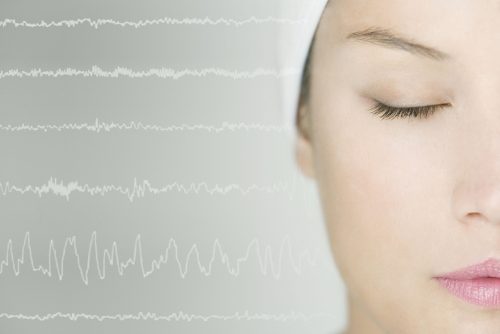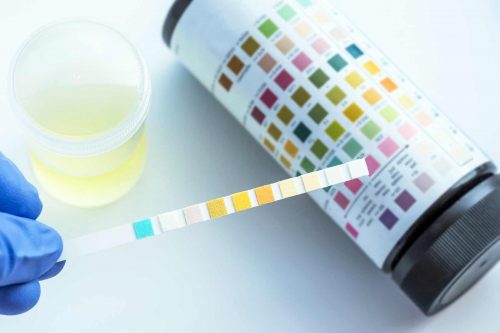Fast appointments to Bronchoscopy in Israel
What is a Bronchoscopy?
Bronchoscopy is an invasive examination to examine the airways, the trachea, the main airway (bronchus), the throat (larynx) with the vocal cords and the smaller bronchi using a special bronchoscope.
There are two types of bronchoscopes – rigid and flexible. The most commonly used is the flexible bronchoscope and it is a folding tube with a diameter of about 2.2 mm or more.
Procedure
The bronchoscope is passed through the nose or through the mouth in the airway. This flexible tube contains a fiber-optic system on top of which is camera with light. The light travels through the fiber – optic system and illuminates the interior of the airways. The image seen at the top of the bronchoscope is transmitted through the fiber-optic system back to the camcorder and images can be made from the examination, or the whole preview can be recorded on a disc. By means of bronchoscopy, the doctor can see the interior of the airway and at the same time take material if necessary.
When scheduling a review, it is important that the patient informs the physician if he / she takes drugs that prevent blood coagulation. These drugs should be temporarily discontinued 5 to 7 days before bronchoscopy, due to the risk of increased bleeding during the diagnostic procedure. Bronchoscopy is performed in hospital conditions by a specialist who is specially trained in performing bronchoscopy. The patient is given medication for calming through a venous infusion. The patient connects to a monitor through which vital functions such as cardiac frequency and blood pressure are monitored. The patient is given medication for inhalation that anesthetizes the airway that prevents the coughing reflex. Then the nasal mucosa and throat are anesthetized. The bronchoscope is carried through the nose or through the mouth to the level of the vocal cords where a local anesthetic is released for the anesthetic of the vocal cords and then the bronchoscope is carried through the trachea (trachea) to the airways. Upon completion of the procedure, the bronchoscope is extracted. After the procedure, the patient is awake, but sleepy because of the given tranquillizers.
Side effects
Flexible bronchoscopy is a relatively safe diagnostic method. However, complications are possible, of which the most commonly elevated temperature is after the procedure, which is usually taken with medication. When performing a biopsy, bleeding is possible after the procedure.
Duration of the procedure
The procedure itself (together with infusion, sedation) takes about 45 minutes. After performing the procedure, the patient is usually awaiting complete awareness. The entire procedure usually lasts up to 4 hours in the hospital





